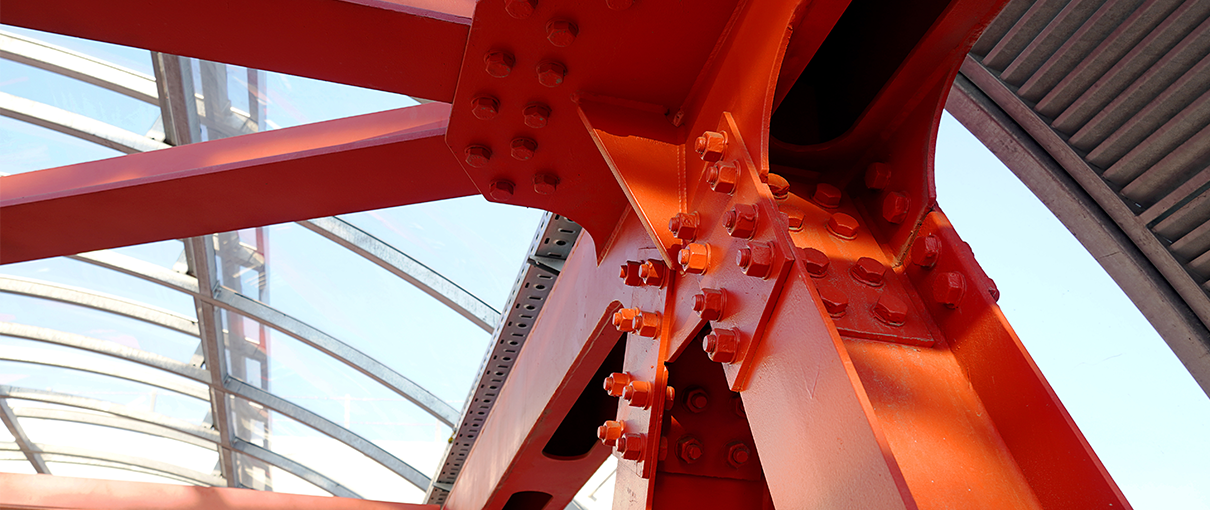5 Common Types of Fasteners: How Design Engineers Can Best Utilize Them
Mechanical fasteners are small but integral parts of any product that uses multiple components. They are used to adjoin components,...

Mechanical fasteners are small but integral parts of any product that uses multiple components. They are used to adjoin components, bringing a product together to ensure that it remains intact and works properly. And to the casual observer, selecting bolts, nuts, and rivets for a design should be a simple task.
But in reality, it is a difficult task, requiring careful consideration of temperature, corrosion, vibration, fatigue, initial preload, and many other factors. Design engineers dealing with the assembly of fasteners can make decisions based on previous designs or other products. However, if the product has gone through many phases of changes and upgrades, the original assembly decision may not be relevant any longer. A review of the design needs would be prudent.
So, let’s take a look at some of the types of fasteners that design engineers can typically use in a project and why quality always counts.
Fasteners are grouped broadly into two categories: permanent and non-permanent fasteners. Here is an overview of the most common types of fasteners and their uses:
Bolts and screws are commonly used for general applications such as electronic appliances and furniture. Their design mostly comprises a hexagonal head with a threaded body. Common types of bolts include:
Hex head bolts feature a threaded straight shaft and a hexagonal head. They have variations in their designs and are suited for different purposes.
These bolts feature a threaded shaft and a countersunk head sitting on a square section. The design is styled to prevent further tightening when the nut fits.
Machine screws are undoubtedly the most common type of screws. They feature a threaded shaft and a flat head.
Wood screws are designed for use with wood and are a common feature in furniture. They feature a threaded shaft with a tapered and pointy end for smooth insertion into drilled holes.
Nuts are used in combination with bolts. They are screwed onto the threaded shaft to hold the material between the bolt's head and the shaft in place. They come in varying types compatible with different types of bolts and thread patterns. Common types of nuts include castle nuts, cap nuts, square nuts, T-nuts, and hex finish nuts.
Concrete is a versatile and popular construction material. However, its rough and hard texture makes it difficult to use with ordinary types of fasteners. Consequently, concrete anchors (fasteners) feature a durable and strong design to withstand the rough texture and strenuous application. Common types of concrete anchors include:
Wedge anchors are designed to attach non-concrete materials to concrete surfaces. They feature a threaded straight shaft with a blunt head. They also come with a nut and washer.
Drop-in anchors are mostly used to fasten lighting fixtures and handrails to concrete surfaces. They feature internal threads.
Sleeve anchors are commonly used for hollow concrete applications. They feature a blunt clone head and a threaded stud. They also come with a nut and washer for fastening.
Bolts usually require a nut to fasten, as mentioned. However, nuts may not fit properly on bolts, and they should ideally be fastened to a flat surface as opposed to a threaded shaft. Washers are flat disks with a hollow center, and they are designed for use with nuts and bolts.
The washer goes in before the nut and rests on the material wedged between the bolt and nut. It is designed to ensure that the nut fits properly and doesn't move about.
Rivets are classified as permanent fasteners. They are mostly used for heavy-duty applications and in components that aren't meant to be detached or separated. They are used in a wide range of industries, from clothing to automobiles. The common types of rivets include:
Pop rivets are ideal for general use in applications that don't require too much tensile strength. They feature a tubular design with long shafts.
Solid rivets are one of the earliest types of fasteners. They feature a simple but durable design comprising a straight shaft and cylindrical shank. They are ideal for heavy-duty uses in civil structures and applications that demand optimal tensile strength.
Weak fasteners can compromise a product's overall integrity. If they fail to hold up under pressure...your project fails. That’s why it’s important to use high-quality fasteners that are reliable and will not shift or break
It’s also important to consider that even the smallest fastener in your design can affect the strength of a bolt’s hold. Taking these tips and ideas into account can prevent many maintenance issues in the future and bring designs to their full potential.
Big Bolt makes a wide range of reliable, quality fasteners. Whether you need to improve your fastening assembly workflow or come up with a new fastener to meet an engineering need, our experts can help your design engineers. Don’t hesitate to contact us for help with your next project.
Mechanical fasteners are small but integral parts of any product that uses multiple components. They are used to adjoin components,...
Engineering design is improving and evolving faster than ever before as a result of rapid advances in technology. Design engineers can now...
Engineering design is improving and evolving faster than ever before, thanks to advances made in technology. Design engineers can now...
